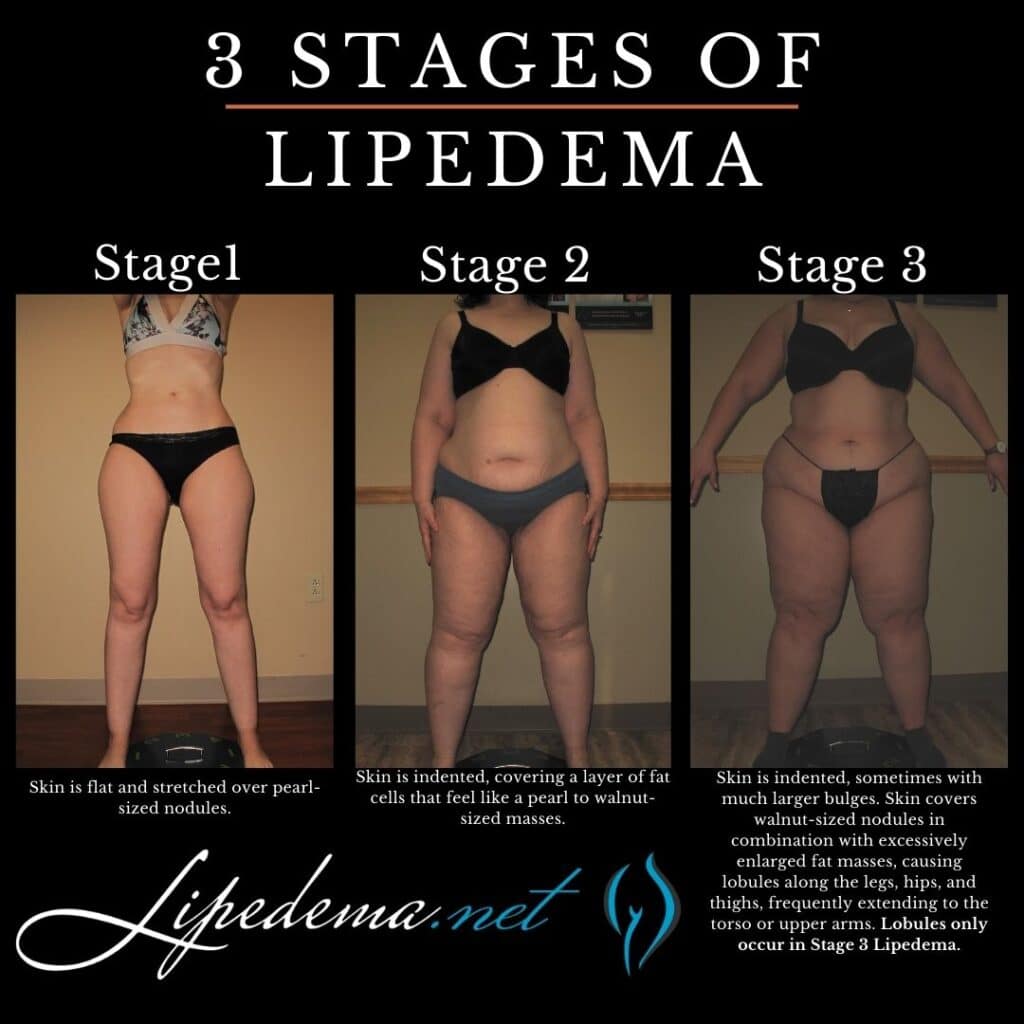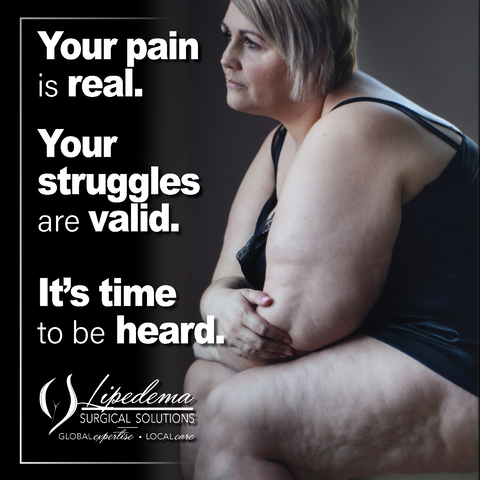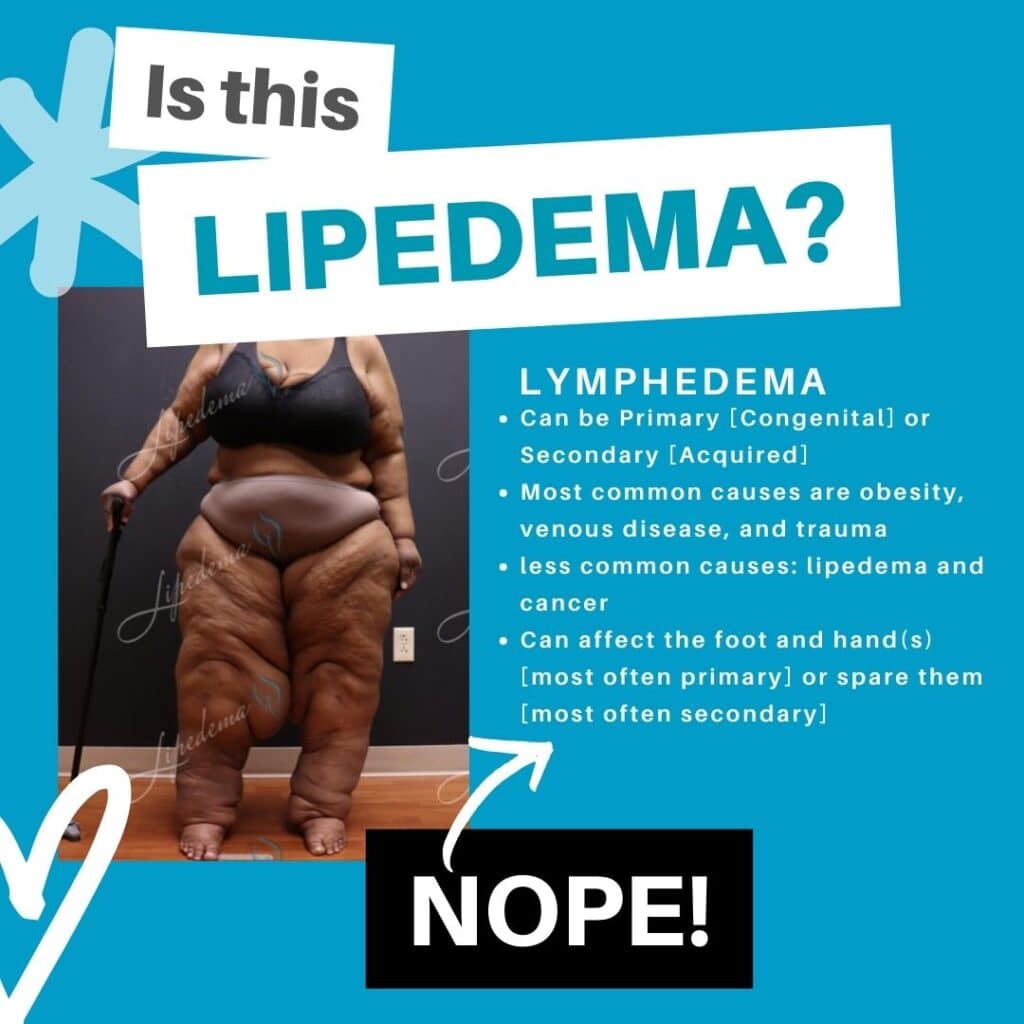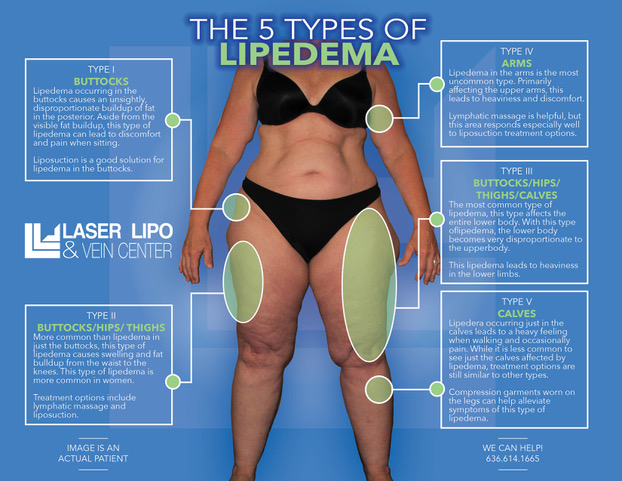If you’ve been struggling with symmetrical fat accumulation in your legs, arms, or other areas that doesn’t respond to diet or exercise, you may have lipedema. At Dr. Wright’s Lipedema Surgical Solutions, we understand the frustration of living with an undiagnosed condition, and we’re here to help you get the answers and treatment you deserve.
What Is Lipedema?
Lipedema is a chronic medical condition characterized by the symmetric buildup of adipose tissue (fat) in the legs and arms. This condition affects almost exclusively women and can cause significant physical discomfort, mobility issues, and emotional distress. Unlike regular weight gain, lipedema fat is resistant to traditional weight loss methods, including diet, exercise, and even bariatric surgery.
How Is Lipedema Diagnosed?
Clinical Diagnosis Based on Expert Examination
Lipedema diagnosis relies on a comprehensive clinical examination by a qualified specialist who is specifically experienced and knows what to look for and can detect the changes that Lipedema causes. Venous and lymphatic specialists or primary care providers who have experience and knowledge in diagnosis are a good place for patients to start. Currently, there are no specific diagnostic biomarkers or imaging tests that can definitively diagnose lipedema. Instead, Dr. Wright uses his extensive experience to identify the condition through:
Patient History Assessment:
- Family history of similar body type patterns
- Difficulty losing fat in affected areas despite diet and exercise
- Onset or worsening during hormonal changes (puberty, pregnancy, menopause)
- Pain, tenderness, heaviness, or fatigue in affected areas
- Easy bruising tendency
- Decreased functional ability and quality of life
- Limited response to traditional treatments like elevation, dietary interventions, or bariatric surgery
Physical Examination Findings:
- Symmetrical, disproportionate fat accumulation on limbs
- Soft tissue with palpable nodules (rice-grain to pearl-sized)
- “Cuffing” appearance at the ankles and wrists where tissue enlargement stops abruptly
- Negative Stemmer’s sign (distinguishing it from lymphedema)
- Hands and feet typically spared from swelling
- Assessment for joint hypermobility using Beighton criteria
Key Diagnostic Criteria
Dr. Wright evaluates patients using established clinical criteria that include:
- Nodules in Loose Connective Tissue: Presence of rice-grain, pearl-sized, or larger nodules in loose connective tissue
- Tissue Characteristics: Soft lipedema tissue with nodules (not hard like lymphedema)
- Pain Assessment: While not required for diagnosis, painful tissue is a common symptom
- Joint Evaluation: Assessment for hypermobility, which affects about 58% of lipedema patients
- Lymphatic Function: If lymphedema is suspected alongside lipedema, nuclear medicine lymphoscintigraphy may be recommended

Lipedema Stages and Types
Understanding the Three Stages
Lipedema progresses through distinct stages that describe the tissue appearance:
- Stage 1: Tissue appears disproportionate but smooth from a distance
- Stage 2: Tissue becomes bulkier with a bumpy or “mattress-like” appearance
- Stage 3: Lobules develop – skin extrusions extending beyond normal contours
Five Types of Lipedema Distribution
Lipedema can affect different areas of the body:
- Type I: Affects hips and buttocks
- Type II: Affects hips, buttocks, and thighs down to the knees
- Type III: Affects hips, buttocks, and entire legs
- Type IV: Affects arms and sometimes forearms
- Type V: Affects lower legs only
The Coding Challenge: Why Proper Diagnosis Matters
Current ICD-10 Limitations
One of the biggest challenges facing lipedema patients is the lack of specific medical coding. Currently, there is no disease-specific ICD-10 code to diagnose Lipedema. Unfortunately, at present, healthcare providers must use these non-specific ICD-10 codes:
- E88.2 Lipomatosis – A general code that doesn’t capture lipedema’s unique characteristics
- R60.9 Unspecified edema – Which cross-references to lipedema but lacks specificity

The Fight for Recognition
Dr. Wright has been at the forefront of advocating for proper lipedema recognition in medical coding. The American Vein and Lymphatic Society (AVLS), working with lipedema experts, including Dr. Wright, submitted proposed specific codes to the National Center for Health Statistics/CDC in June 2020. Since this submission, he has been working with Dr. Karen Herbst, The Lipedema Foundation, The American Lipedema Association, and The American Venous and Lymphatic Society to get final approval for these disease-specific ICD-10 codes for Lipedema.
Proposed New Subcategory – E88.82 Lipedema:
- E88.821 – Lipedema, Stage 1
- E88.822 – Lipedema, Stage 2
- E88.823 – Lipedema, Stage 3
- E88.824 – Lipedema, Stage 4
- E88.829 – Lipedema, unspecified
Why Specific Coding Matters
Proper medical coding is crucial for:
- Insurance Coverage: Accurate codes help insurance companies understand the medical necessity of treatments
- Research Advancement: Better data collection leads to improved understanding and treatments
- Patient Recognition: Validates lipedema as a legitimate medical condition
- Treatment Access: Facilitates approval for specialized treatments like lipedema reduction surgery
Distinguishing Lipedema from Other Conditions
Lipedema vs. Lymphedema
Many patients are misdiagnosed with lymphedema. Key differences include:
- Lipedema: Bilateral and symmetrical; typically spares hands and feet; non-pitting edema; soft tissue with nodules
- Lymphedema: Often unilateral; may involve hands and feet; pitting edema; can lead to skin infections

Lipedema vs. Obesity
While lipedema and obesity can coexist, they are distinct conditions:
- Lipedema: Affects specific body areas; resistant to diet and exercise; causes pain and tenderness; easy bruising
- Obesity: Affects entire body; typically responds to diet and exercise; less likely to cause localized pain
Dr. Wright’s Expertise in Lipedema Diagnosis
As a pioneer in lipedema treatment in Missouri and the Midwest, Dr. Wright brings unparalleled expertise to lipedema diagnosis. His comprehensive approach includes:
- Thorough Clinical Assessment: Detailed examination using established diagnostic criteria
- Advanced Imaging When Needed: Bioimpedance testing and soft tissue imaging for complex cases
- Collaborative Care: Working with lymphatic therapists, nutritionists, and other specialists
- Research Participation: Contributing to the medical literature, advancing lipedema understanding
Getting Your Lipedema Diagnosis
What to Expect at Your Consultation
During your consultation with Dr. Wright, you can expect:
- Comprehensive Medical History: Discussion of your symptoms, family history, and previous treatments
- Physical Examination: Assessment of affected areas, tissue characteristics, and mobility
- Diagnostic Testing: Additional tests if needed to rule out other conditions
- Treatment Planning: Development of a personalized care plan based on your specific needs
Preparing for Your Visit
To make the most of your consultation:
- Document your symptoms and their progression over time
- Bring photos showing the symmetric nature of your condition
- List all previous treatments attempted and their results
- Prepare questions about treatment options and insurance coverage
The Path Forward: From Diagnosis to Treatment
Receiving a proper lipedema diagnosis is often the first step toward reclaiming your quality of life. Dr. Wright offers comprehensive treatment options including:
- Conservative Management: Compression therapy, nutrition counseling, and lymphatic drainage
- Medical Interventions: Supplements and medications to support tissue health
- Surgical Solutions: Advanced lipedema reduction surgery when conservative treatments aren’t sufficient
Hope for the Future
The medical community’s understanding of lipedema continues to evolve, and patients today have more options than ever before. With proper diagnosis and expert care, many patients experience significant improvements in pain, mobility, and quality of life.
Dr. Wright’s commitment to advancing lipedema care extends beyond individual patient treatment to research, education, and advocacy efforts that benefit the entire lipedema community. Through partnerships with organizations such as the National Lymphedema Network and the AVLS Congress, he continues to advocate for improved recognition and treatment of this often-misunderstood condition.
Take the Next Step
If you suspect you may have lipedema, don’t wait for the condition to progress. Early diagnosis and treatment can help prevent complications and improve outcomes. Dr. Wright and his team at Lipedema Surgical Solutions are here to provide the expert care and compassionate support you need.
Don’t let lipedema control your life.
Ready to get answers? Contact our O’Fallon office today to schedule your comprehensive lipedema evaluation. Together, we can develop a treatment plan that helps you feel like yourself again.
Dr. Wright is a leading expert in lipedema diagnosis and treatment, serving patients throughout Missouri and the Midwest. His practice focuses exclusively on conditions affecting the lymphatic and venous systems, with particular expertise in lipedema reduction surgery and comprehensive care.


